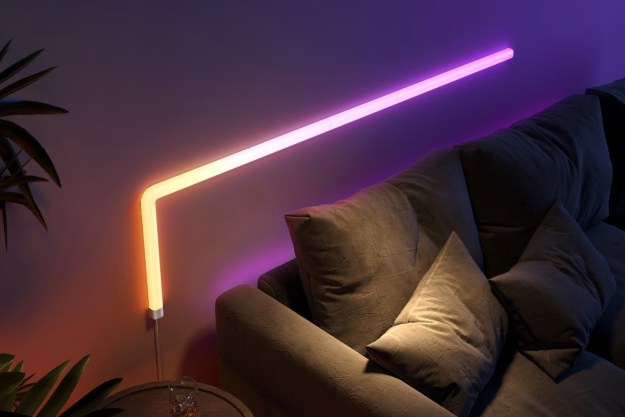
Travis Longcore, a professor of spatial sciences at the University of California, has been working closely with Royal Philips on the issue, according to the New York Times. Their goal is to create a bulb that doesn’t attract pesky insects as soon as it’s switched on.
To tackle the problem, Longcore has been experimenting with Philips LED bulbs that mix red, white, blue, and green light. In his trials, he tested the bulbs against standard LEDs and CFLs at night, hanging them over insect traps in the Santa Monica Mountains. Longcore found that he could tune the Philips LED bulbs to attract 20 percent fewer insects. His results were published in Philosophical Transactions of the Royal Society B.
“For all invertebrate orders combined, our custom LED configurations were less attractive than the commercial LED lamps or CFLs of similar color temperatures,” Longcore wrote in his study abstract. “Thus, adjusting spectral composition of white light to minimize attracting nocturnal arthropods is feasible.”
Over the years, LEDs have not always been popular among consumers. Many people prefer the “warm” glow of incandescent bulbs, as well as the cheaper price. However, the prices of LEDs are falling, making them more widely available. Now, Longcore says his goal is to create an energy-efficient bulb that could not only deter bugs but provide a similar glow.
It’s worth noting that insect-repelling bulbs could also one day have a positive impact on global health. Many insects, such as mosquitoes, carry diseases that can be transmitted to humans. By reducing their attraction to artificial light, outdoor lovers might be able to avoid them more easily.
At the very least, a bug-deterring bulb would make camping, barbecuing, and other warm-weather activities more enjoyable.
Editors' Recommendations
- The Twinkly Matrix is a smart LED curtain with 500 mappable lights
- Are smart lights bulbs worth it?
- Nanoleaf opens preorders for its first-ever Matter smart lights
- TP Link launches budget-friendly smart light strips
- How to use smart ambient lighting


